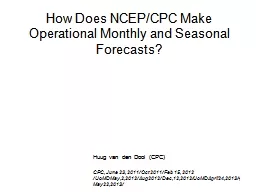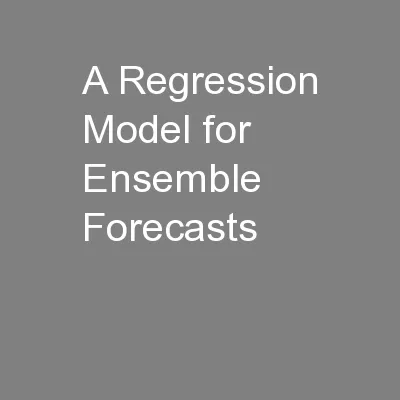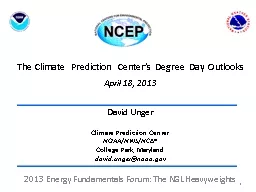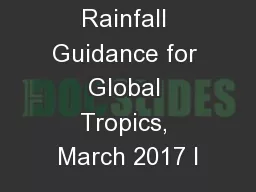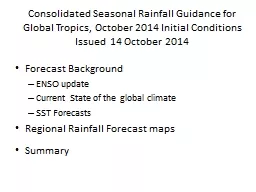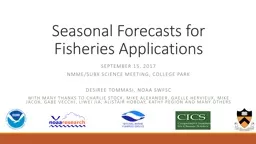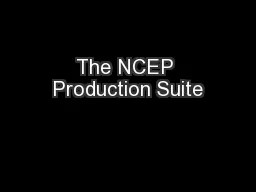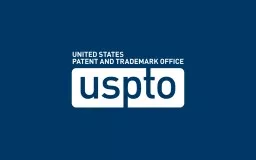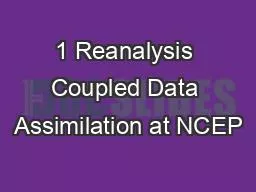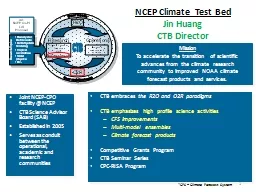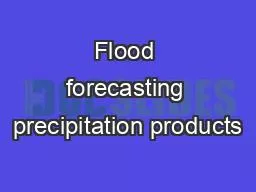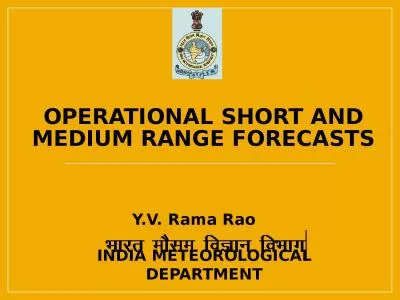PPT-1 How Does NCEP/CPC Make Operational Monthly and Seasonal Forecasts?
Author : olivia-moreira | Published Date : 2018-09-30
Huug van den Dool CPC CPC June 23 2011 Oct 2011 Feb 15 2012 UoMDMay22012 Aug2012 Dec122012UoMDApril242013 May222013 2 Assorted Underlying Issues Which tools are
Presentation Embed Code
Download Presentation
Download Presentation The PPT/PDF document "1 How Does NCEP/CPC Make Operational Mon..." is the property of its rightful owner. Permission is granted to download and print the materials on this website for personal, non-commercial use only, and to display it on your personal computer provided you do not modify the materials and that you retain all copyright notices contained in the materials. By downloading content from our website, you accept the terms of this agreement.
1 How Does NCEP/CPC Make Operational Monthly and Seasonal Forecasts?: Transcript
Download Rules Of Document
"1 How Does NCEP/CPC Make Operational Monthly and Seasonal Forecasts?"The content belongs to its owner. You may download and print it for personal use, without modification, and keep all copyright notices. By downloading, you agree to these terms.
Related Documents

